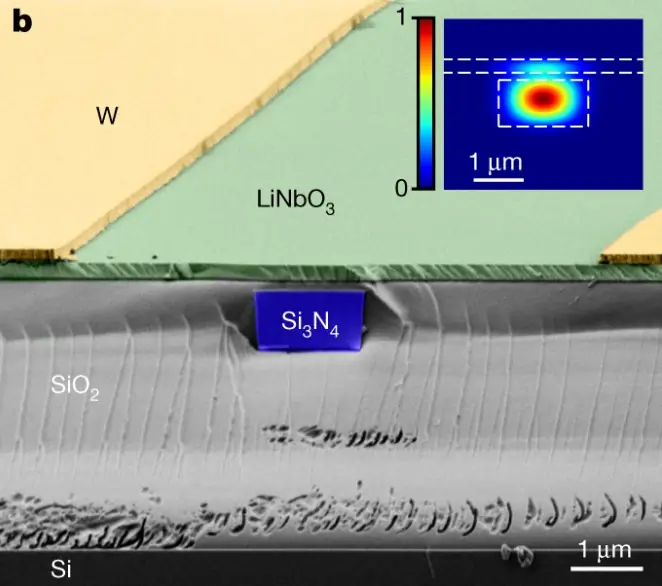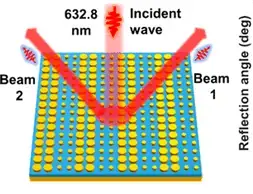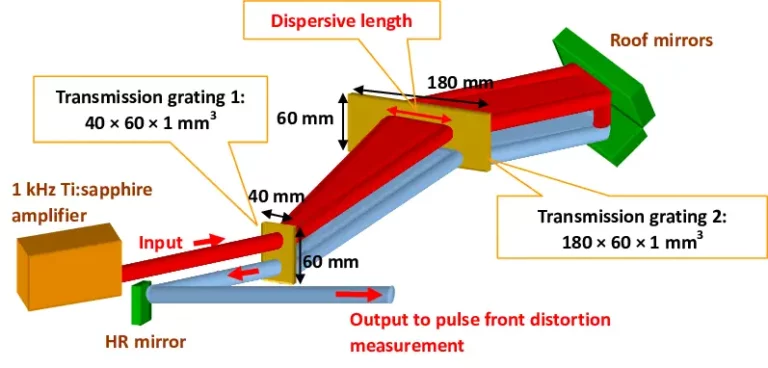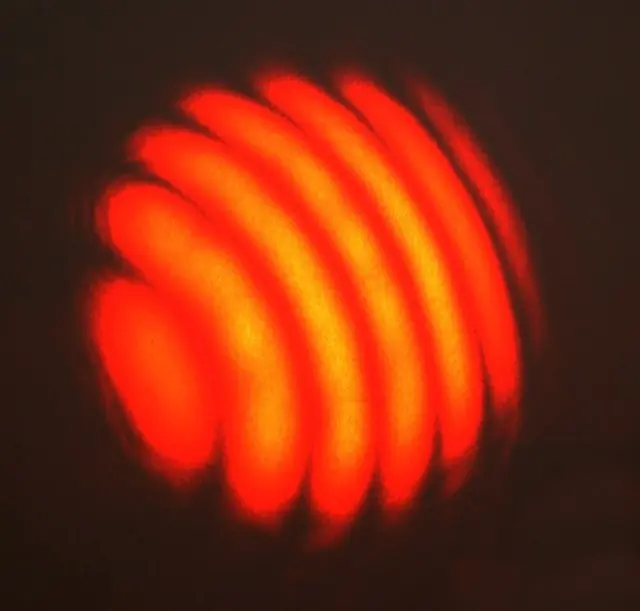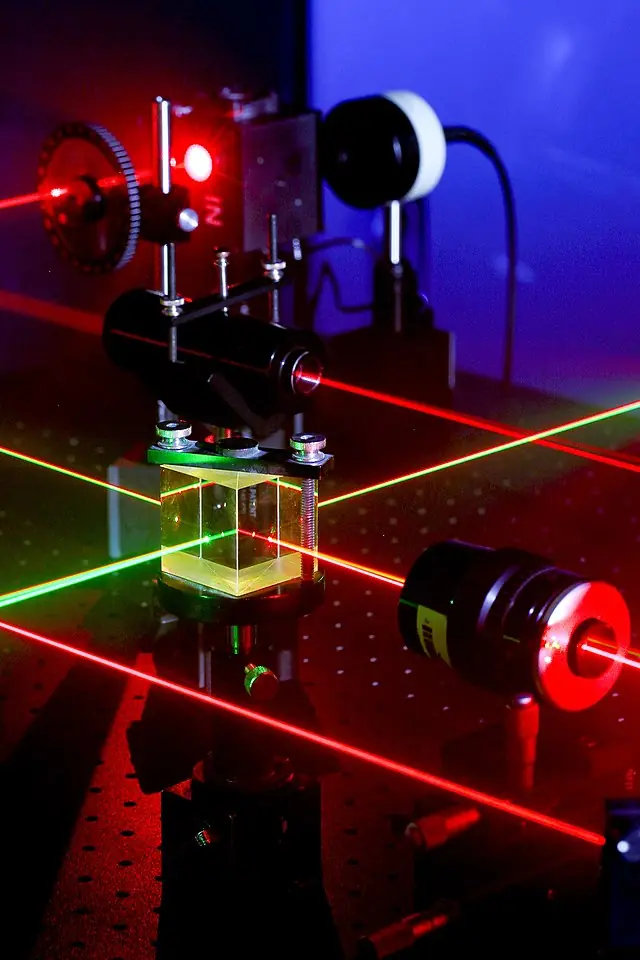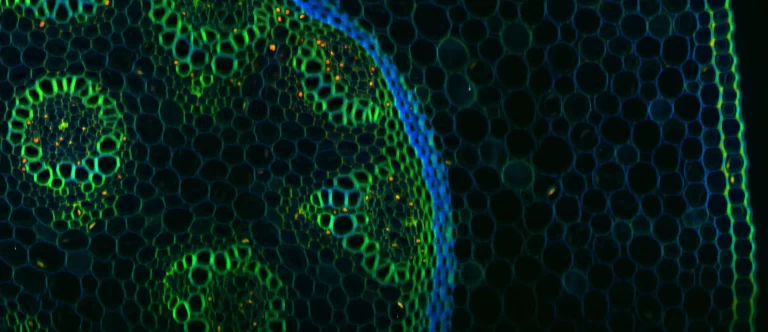Scanning Fabry-Perot interferometer
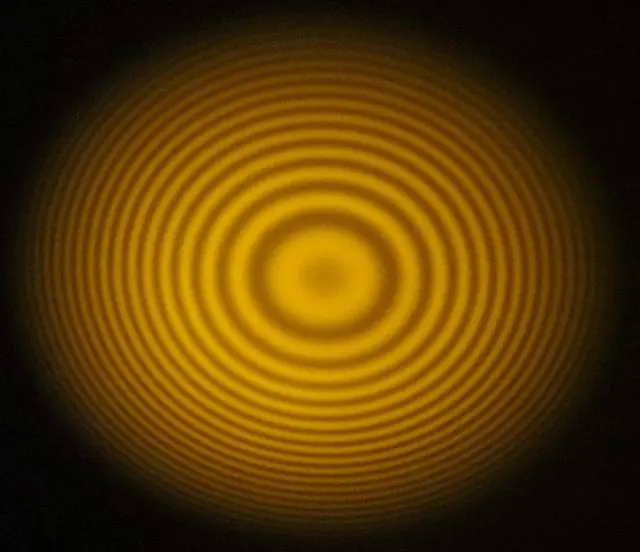
A scanning Fabry-Perot interferometer is a device that is used to measure the properties of light and to analyze the properties of materials. It works by using a cavity, or a small space, that is filled with a medium that has a specific refractive index. When light is shone through the cavity, it reflects off of the two mirrors that are located on either end of the cavity, creating an interference pattern.
The Fabry-Perot interferometer is called “scanning” because the distance between the mirrors can be adjusted, allowing the device to analyze different wavelengths of light. This is done by using a piezoelectric transducer, which is a device that can change the distance between the mirrors by expanding or contracting in response to an electrical current.
The interference pattern that is created by the Fabry-Perot interferometer is measured using a detector, which can be a photodiode, a CCD camera, or other types of detectors. The detector measures the intensity of the light at different wavelengths, which allows the device to analyze the properties of the materials being tested.
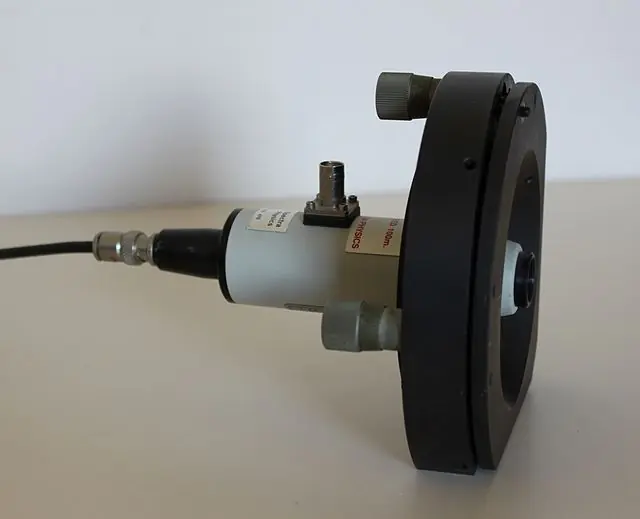
In addition to analyzing materials, the Fabry-Perot interferometer can also be used to measure the properties of light itself, such as its wavelength, intensity, and polarization. It can also be used to measure the refractive index of materials, as well as the thickness and optical properties of thin films.
Overall, the scanning Fabry-Perot interferometer is a versatile and powerful tool that is used in a variety of fields, including physics, engineering, and materials science. Its ability to accurately measure the properties of light and materials makes it an invaluable tool for researchers and scientists around the world.

